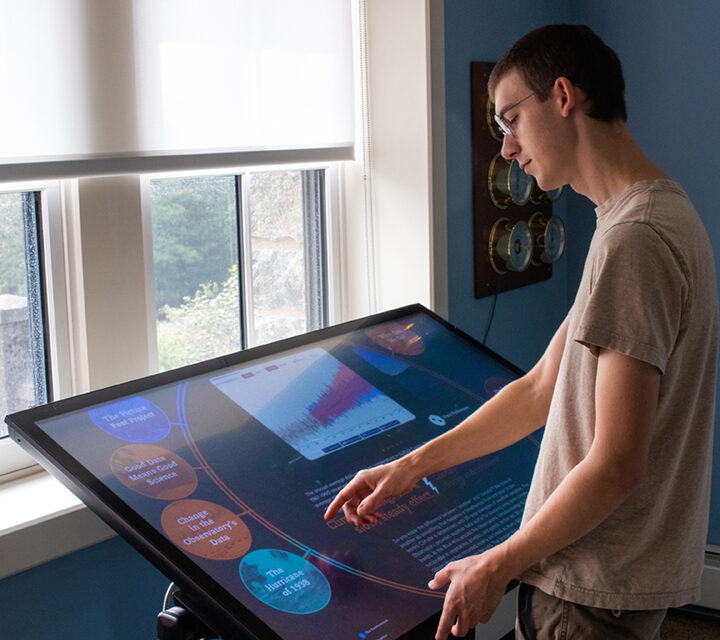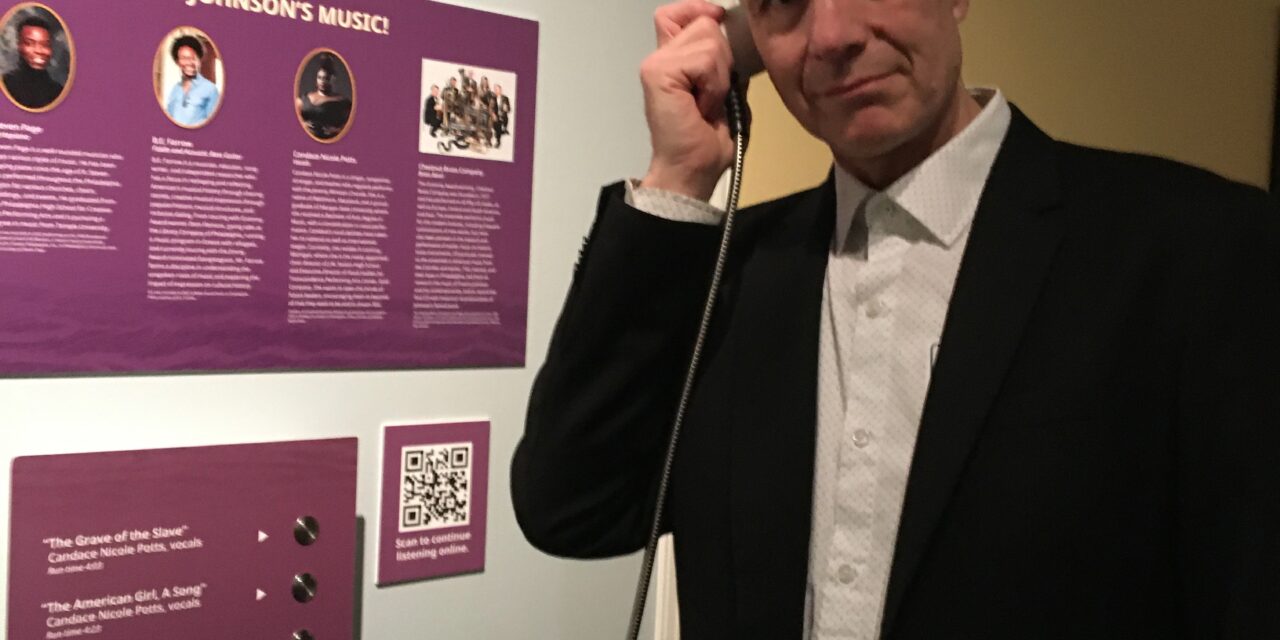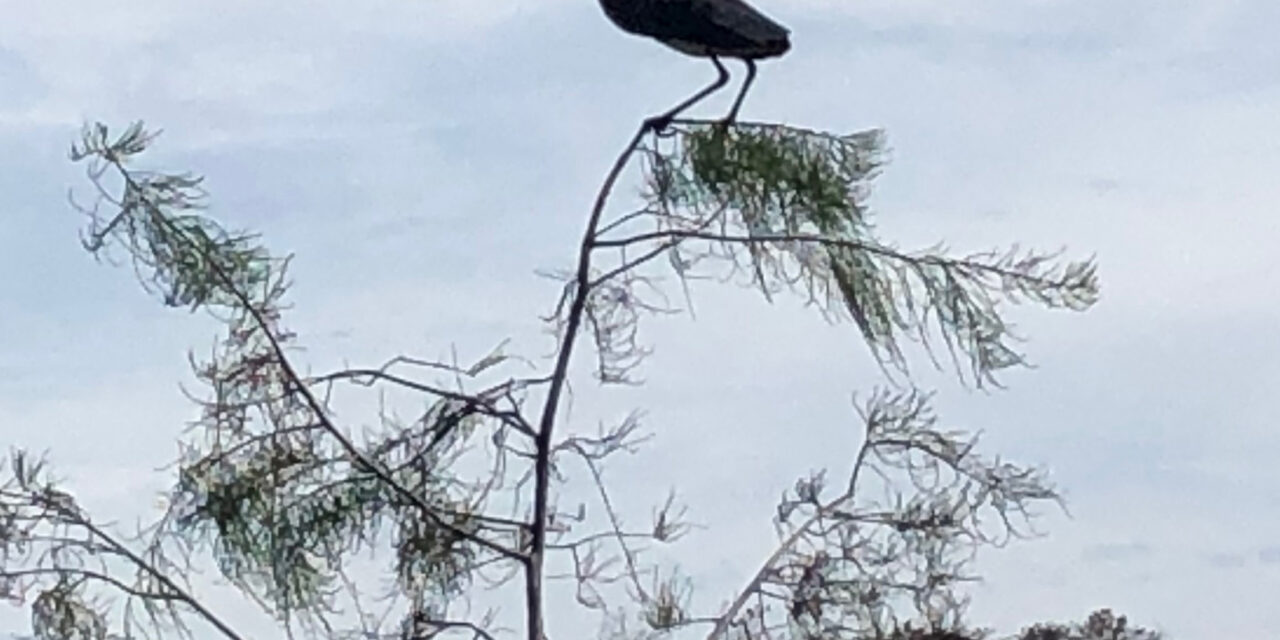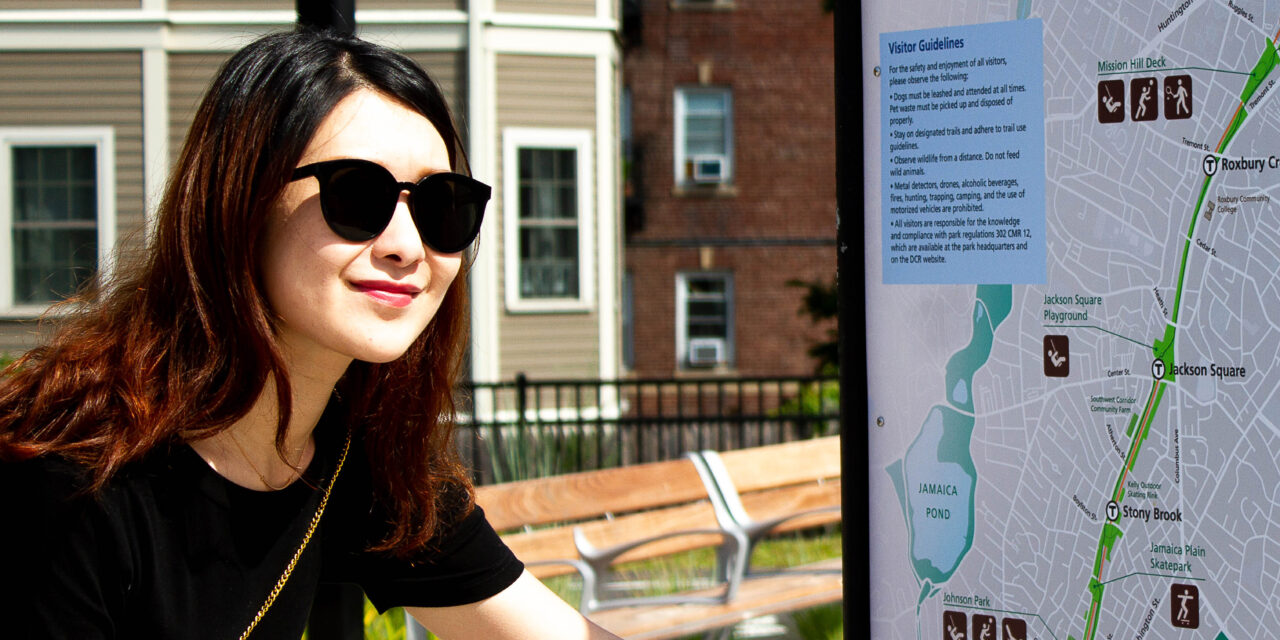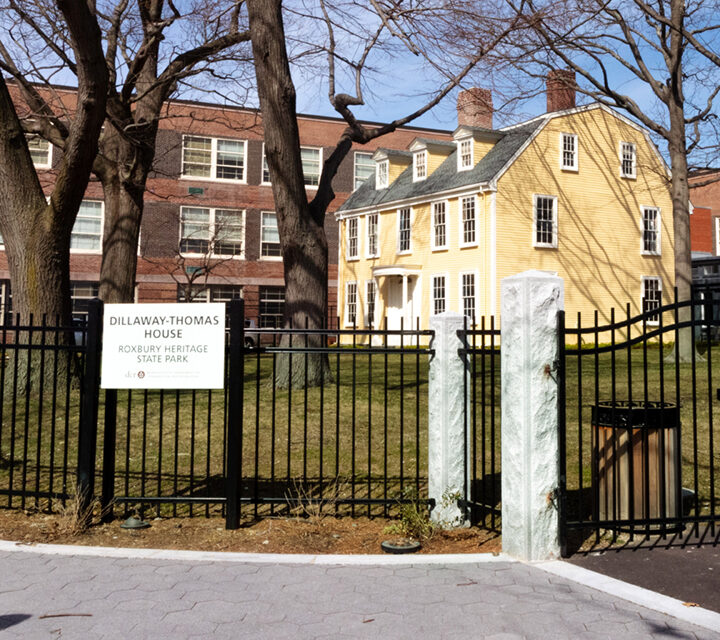After last night’s emotional opening of the exhibit in honor of the late Mish Michaels (Anuradha Mukherjee) the well-loved meteorologist, everyone gathered atop the newly restored Blue Hill Observatory to enjoy the view and evening breeze. It was a fitting culmination of years of effort by the Department of Conservation and Recreation, the architect T2...
I heard an exhibit opened in Philadelphia last week! The Museum of the American Revolution held its largest exhibit opening ever with Black Founders: The Forten Family of Philadelphia last Thursday. CDC collaborated with the MoAR team, headed by Aimee Newell, with Matthew Skic, curator, Kathryn Babbs Miller, project manager, and Rebecca Phipps, art director....
An interpretive plan for gators, birds, hunters, and pythons While obscured by the larger adjacent Everglades National Park in most people's consciousness, Big Cypress has a claim to authenticity that its more popular neighbor park does not. Since its establishment in 1974 as the first National Preserve, traditional ways of hunting, fishing, and ethnobotany by the Miccosukee...
Reconnecting the Emerald Necklace Busy commuters making their connections at Forest Hills Station may not realize a vital connection has been created as well right outside the station. Our new placemaking graphic panels show how the most significant single entity of the Emerald Necklace, Franklin Park, has reclaimed its place as the pendant. The Necklace,...
Winner of a 2020 Boston Preservation Alliance Achievement Award https://youtu.be/sFENLmwB1tU Roxbury, Massachusetts is 389 years old, and as a town, city, and now a neighborhood of Boston, has experienced all the significant upheavals and events of those last four (almost) centuries. Colonialism, war, slavery, immigration, the industrial revolution, civil rights, etc. all occurred after the...


